Neuroscience
-
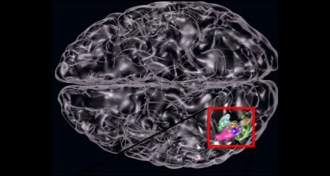 Neuroscience
NeuroscienceThe brain sees words, even nonsense ones, as pictures
Once we learn a word, our brain sees the string of letters as a picture, even if the word isn't a real one.
-
 Health & Medicine
Health & MedicineClean-up gene gone awry can cause Lou Gehrig’s disease
Scientists have linked mutations on a gene involved in inflammation and cell cleanup to ALS, or Lou Gehrig’s disease.
-
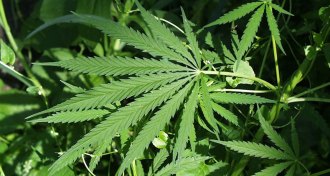 Chemistry
ChemistryToday’s pot is more potent, less therapeutic
The medicinal qualities of marijuana may be up in smoke thanks to years of cross-breeding plants for a better buzz.
By Beth Mole -
 Neuroscience
NeuroscienceSniffing out human pheromones
A new review argues that most of the chemicals labeled human pheromones, and the experiments behind them, don’t pass the smell test.
-
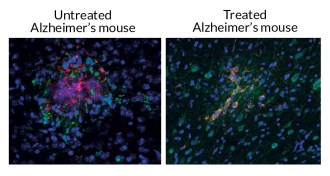 Neuroscience
NeuroscienceUltrasound attacks Alzheimer’s plaques
A new study offers clues to how ultrasound may work as a treatment for Alzheimer’s disease.
-
 Neuroscience
NeuroscienceElectrical zap of cells shapes growing brains
The electric charge across cell membranes directs many aspects of brain development, and changing it can fix certain brain birth defects.
-
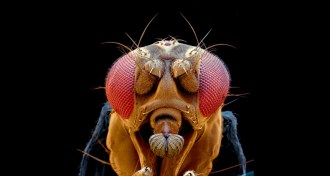 Neuroscience
NeuroscienceMapping aggression circuits in the brain
Using optogenetics and other techniques, scientists are tracing connections to and from the brain’s aggression command center.
By Susan Gaidos -
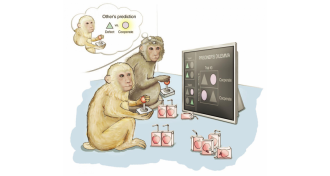 Neuroscience
NeuroscienceBrain cells predict opponent’s move in game-playing monkeys
Newly discovered brain cells help monkeys predict whether a companion will cooperate.
-
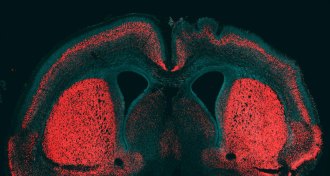
-
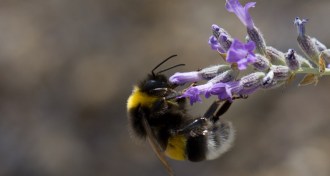 Neuroscience
NeuroscienceBees may merge their flower memories
Bumblebees sometimes prefer fake flowers with the combined patterns and colors of ones seen before, suggesting they merge memories of past experiences.
-
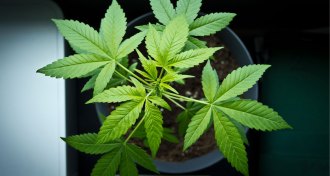 Neuroscience
NeuroscienceBlame pot munchies on nerve cells that normally nix appetite
Pot munchies demystified: Marijuana hijacks fullness nerve cells, making them send hunger signals instead.
-
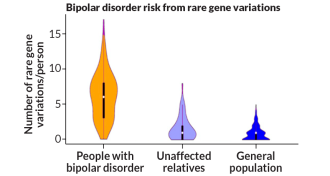 Neuroscience
NeuroscienceBipolar risk boosted by accumulation of rare versions of genes
A buildup of rare versions of genes that control nerve cell activity contributes to the genetic risk of bipolar disorder.